The redevelopment of old brands
There was an old saying in Beijing, “Ma Ju Yuan on head, Nei Lian Sheng on feet, Rui Fu Xiang on body and Si Da Heng in pocket,” which vividly reflected the relationship of old brands with people in Beijing.
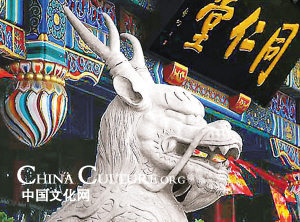 |
|
|
The old brand was not only a witness to history and culture but also a treasure of the Chinese nation. Sadly the future of these old brands is not as bright as was once expected.
According to statistics there were 16000 old brand stores in China in 1949, in such varied industries as catering, medicine, food, retail, tobacco, alcohol and garments. Due to a multitude of reasons, many old brands went into bankruptcy one after the other. Since 1990, the number has shrunk to 1600, just 10 percent of 1949’s number.
As the rent of the Qianmen shopping area has gone through the roof, these old brands are facing the dilemma that they will be forced to move out from their original location. Whether these old brands can successfully return to the Qianmen Street where the old shops once gathered together has drawn wide attention.
According to the Zhang Jian, vice secretary-general of the committee of Chinese old brands, the focus of the controversy is that some local departments and businessmen haven’t realized the importance of the old brands and the role they play towards invigorating the national economy and the passing down ofbusiness culture.
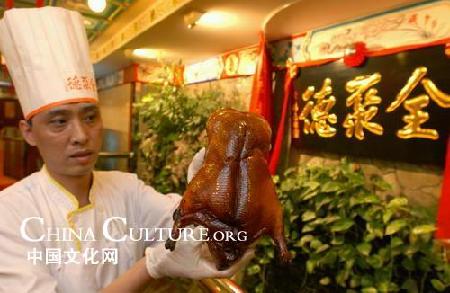 |
|
|
Fortunately, Qianmen’s previously displaced business owners are now startingto realize the importance of protecting both their shops and brands.
Zhang Jiang appealed that the founders of Qianmen Street could put their attention on tourism profits, because old brands can reproduce the ancient street feel of Qianmen and their potential value would go far beyond the revenue of such corporations and local government.
For these considerations, the government of Chongwen district has reserved about 20 percent of the stores for old brands and has adopted a series of preferential clauses, including the reduction or remittance of taxation, increasing the supporting capital and assisted with the search lost traditional Beijing snack providers.
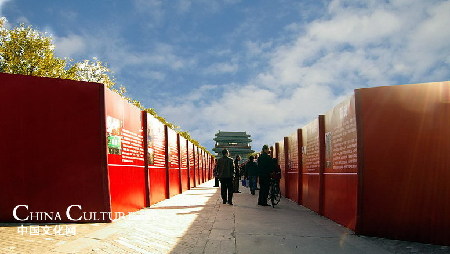 |
|
|
At present, about 13 old brands stores have been resettled in the Qianmen Street, including Quan Jude, Yue Shengzhai, Du Yichu and Qing Linchun tea house as well as Dabei photo studio.
The redevelopment of old brands
About 70 percent of Chinese traditional old brands are struggling for survival; 20 percent are close to bankruptcy and only 10 percent are in a good condition.
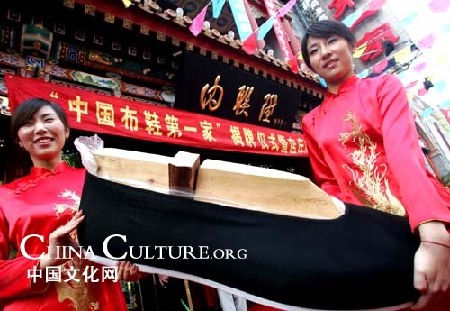 |
|
|
It’s a rocky road to redevelop the old brands in our modern society. Because, in the past, many old brands were owned by the state, overprotected by the government, some of them lacked creativity and failed to react to the market economy; others were unable to inherit the good qualites and styles of certain older brands, which all contributedtowards the old brands losing their competitive edge.
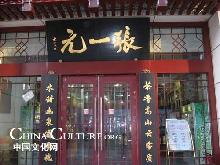  |
|
|
According to some experts, if the old brands want to thrive in the market today, the most important thing they need to do is participating and fully researching the current market, making the old brands more creative and responsive to the pace of modern times and the demands of 21st century consumers.
















